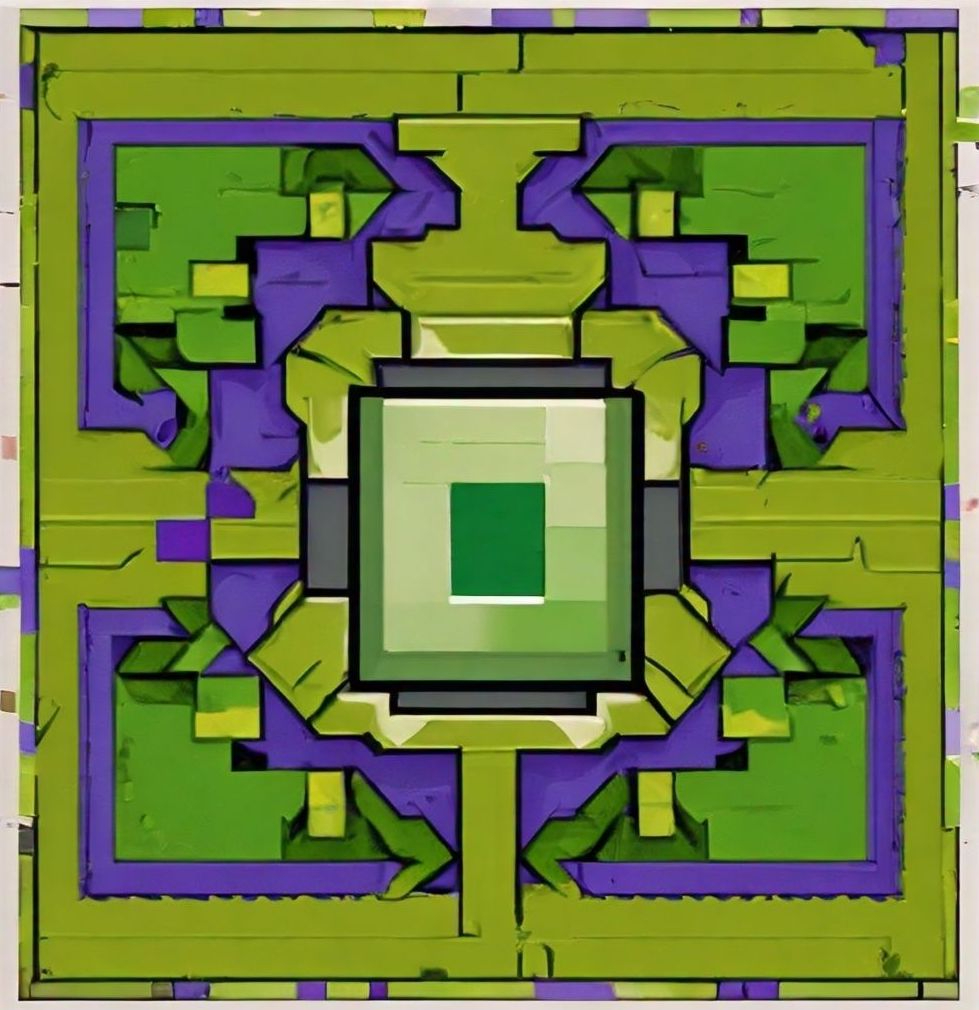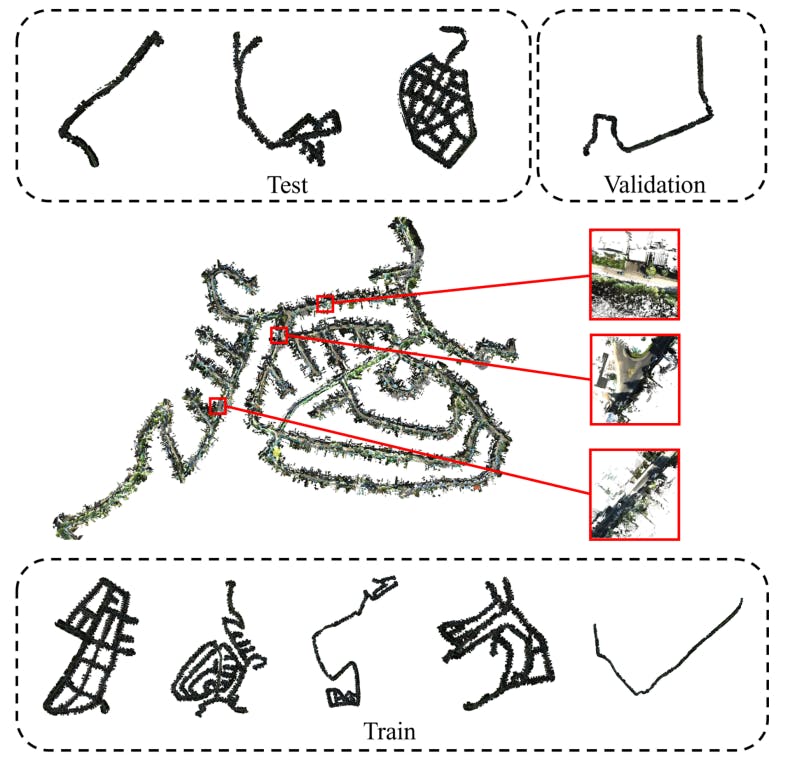Table of Links
-
Method
-
Experiments
-
Performance Analysis
Supplementary Material
- Details of KITTI360Pose Dataset
- More Experiments on the Instance Query Extractor
- Text-Cell Embedding Space Analysis
- More Visualization Results
- Point Cloud Robustness Analysis
Anonymous Authors
- Details of KITTI360Pose Dataset
- More Experiments on the Instance Query Extractor
- Text-Cell Embedding Space Analysis
- More Visualization Results
- Point Cloud Robustness Analysis
1 DETAILS OF KITTI360POSE DATASET
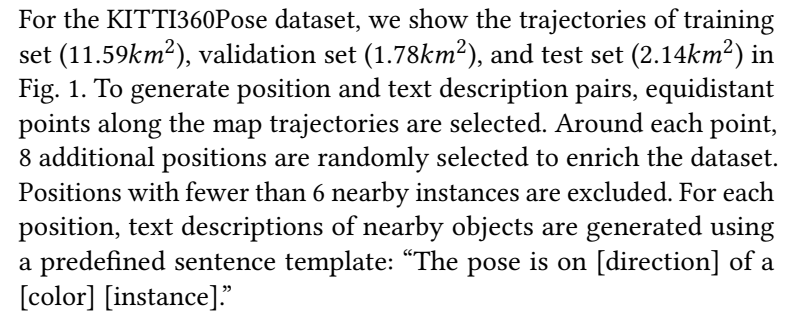
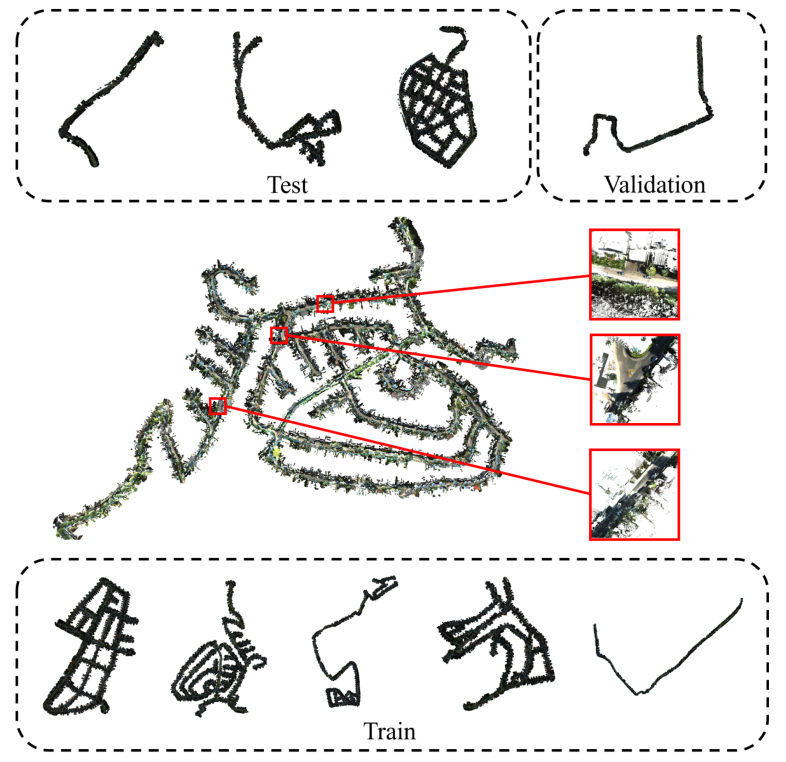
2 MORE EXPERIMENTS ON THE INSTANCE QUERY EXTRACTOR
We conduct an additional experiment to assess the impact of the number of queries on the performance of our instance query extractor. As detailed in Table 1, we evaluate the localization recall rate using 16, 24, and 32 queries. The result demonstrates that using 24 queries yields the highest localization recall rate, i.e, 0.23/0.53/0.64 on the validation set and 0.22/0.47/0.58 on the test set. This finding suggests that the optimal number of queries for maximizing the effectiveness of our model is 24.
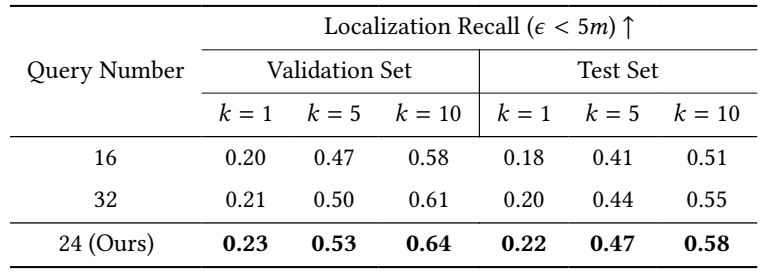
3 TEXT-CELL EMBEDDING SPACE ANALYSIS
Fig. 2 shows the aligned text-cell embedding space via T-SNE [? ]. Under the instance-free scenario, we compare our model with Text2loc [? ] using a pre-trained instance segmentation model, Mask3D [? ], as a prior step. It can be observed that Text2Loc results in a less discriminative space, where positive cells are relatively far from the text query feature. In contrast, our IFRP-T2P effectively reduces the distance between positive cell features and text query features within the embedding space, thereby creating a more informative embedding space. This enhancement in the embedding space is critical for improving the accuracy of text-cell retrieval.
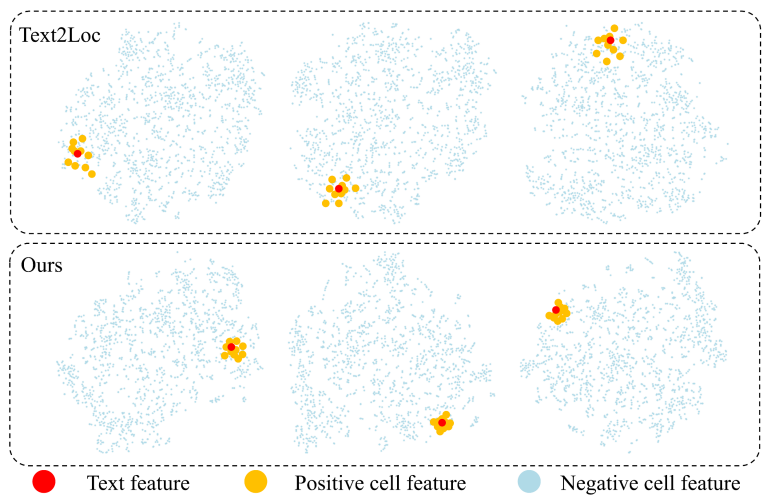
Authors:
(1) Lichao Wang, FNii, CUHKSZ ([email protected]);
(2) Zhihao Yuan, FNii and SSE, CUHKSZ ([email protected]);
(3) Jinke Ren, FNii and SSE, CUHKSZ ([email protected]);
(4) Shuguang Cui, SSE and FNii, CUHKSZ ([email protected]);
(5) Zhen Li, a Corresponding Author from SSE and FNii, CUHKSZ ([email protected]).
This paper is
